
05 Dec, 2022
Technology in the modern day is evolving swiftly, allowing for speedier development and growth. This cleared the path for new technologies and brought about a striking change in technology. However, the COVID-19 pandemic has brought about a lot of changes this year, and this has led IT workers to realize that their roles will change in the contactless world of the future.
Continuous learning, unlearning, and relearning will be necessary for IT workers. In 2023, there will be a need to investigate and learn about Trending Technology since customers will want energy-efficient services backed by more environmentally friendly technologies.
Regardless of a company's size, kind, or customers, adopting technology can be essential to its progress. The key is to pay close attention to how your company's demands are being met by your present technology. Additionally, you should consider if investing now is a wise decision given the state of technology and whether it will be advantageous to your business.
1. Internet of Things
IoT provides a wealth of data from connected devices with sensors that transmit information to the cloud. The Internet of Things, which links numerous objects and gadgets to the internet, will completely revolutionize our way of life. After taking an IoT course, the creative option offers study and good application.
Understanding the Internet of Things requires continual education. IoT has already taken the lead on a number of fronts and is on the verge of a major economic revolution. The growth of connected devices has drastically changed the market.
2. CyberSecurity
Internet and cloud storage is consistently growing in popularity among businesses. The need for cyber security and cyber security knowledge grew as a result. The variety of cyber security jobs and skill sets has expanded significantly.
Global demand is rising for experts in operations and security management. Despite continued attempts by businesses to fill a variety of positions, greatly expanding the pool of individuals who will have a beneficial influence on cyber security globally, the existing pattern persists.
3. 3D Printing
3D printing is revolutionizing the industrial, construction, medical, and design industries. In several industries, such as organ printing, robotics, AI, etc., 3D printing offers exciting work prospects.
A significant expansion in the sector's breadth and size is predicted by the rising demand for 3D printed goods. Prototyping, which is the process of conceptualizing, ideating, testing, and translating strategies into actual models to get started, falls under the category of design and sketching-based employment.
Jobs in the burgeoning worldwide industries of architecture, scientific modeling, musical instruments, etc. are multiplying quickly. Due to the increased demand for 3D-printed objects, new job profiles for artists, engineers, and graphic designers have been developed. In order to attain a market size of USD 83.90 billion, 3D printing is expected to grow at a compound annual rate of 24.3%.
4. Virtual Reality and Augmented Reality
Virtual reality (VR) and augmented reality (AR) are two of the technologies that are expanding the fastest and that provide both experienced and aspiring professionals with a wide variety of options. In both AR and VR, every software development business will require experts as well as novices. By 2025, the combined market for augmented reality and virtual reality is predicted to be worth USD 161 billion, growing at a CAGR of 50%.
Across many sectors, from gaming and entertainment to education and healthcare, these technologies are being used in inventive ways. As a result, AR and VR Developers are some of the most in-demand specialists on the international market.
5. Quantum Computing
The majority of scientists that work on quantum computers have a Ph.D., and many have at least a master's degree. Quantum computing is the process of calculating information that is represented by distinct quantum states. Quantum computing makes advantage of the characteristics of quantum physics to enhance computation and handle certain problems.
For applications like encryption, qubits and superposition would allow a quantum computer to evaluate every potential solution concurrently, making such systems substantially faster than conventional computers. Because they make use of quantum phenomena like superposition and entanglement, these devices handle information fundamentally differently from "classical" computers like cellphones, laptops, or even the most powerful supercomputers of the present.
6. Blockchain
Blockchain enables some products, such as money, contracts, and other financial and legal documents, to be produced without the need for a middleman like a bank or governmental body. Information that has been saved on a blockchain cannot be modified because of its stability.
Organizations with central authorization often don't deal with data that is recorded on a blockchain chronologically. Blockchain technology has emerged as a useful instrument in the economy since consumers may access it directly and perform transactions without the need for a third party.
7. Edge Computing
A group of technologies known as edge computing handles data sets and services in diverse places where they may best improve results. Most systems today execute software in a single location, but as networked systems become more diverse, distributed applications are needed to automatically deploy software to the locations where it performs best. This idea is known as workload affinity.
The need for changing workload affinities is supported by four edge computing environments. They are enterprise, provider, operations, and engagement. The software, storage, analytics, and applications are run on data centers, edge networks, and smaller connected devices in these edge settings, which go beyond the cloud.
8. Robotic Process Automation (RPA)
Robotic process automation (RPA) has sparked a lot of interest in the business and offered up a variety of career opportunities. It is an emerging trend that will swiftly and discreetly change how automation appears in the near future.
Many businesses see RPA to be a gift in light of the crisis. Everyone who is interested in the fusion of science and technology is meant to read it.
9. Genomics
The study of complete genomes is referred to as "genomics." "Genomics" is the study of all the genes in an organism and any genes changed in response to different situations, whereas "genes" are the instructions in DNA molecules in a cell. The importance of this adjustment in terms of functionality is also included.
The technique of next-generation sequencing (NGS) is crucial to genomics. The advancement of NGS technology has ushered in a new age of microbiome study.
10. Datafication
The idea of datafication is gaining popularity in both academia and industry. Although it is primarily seen from a technology standpoint, it is progressively extending to cover the data infrastructure, applications, tools, and best practices needed to obtain, efficiently represent, and convey data to inform decision-making and action.
When decisions are made with the intention of changing people's behavior, the line between social and commercial intelligence is also blurred. From the perspective of the industry, BI is seen as a solid foundation for creativity, rivalry, and production. From an academic perspective, the breadth and importance of the research field are becoming more apparent.
The biggest barrier to attaining the competitive advantage that (big) data may provide was a lack of expertise on how to apply analytics to enhance the business, especially the capture, representation, and delivery elements of the equation.
It saves time
Learning new technology may save a lot of time, thus doing so will be advantageous.
It fosters a competitive edge
Businesses that can effectively use all of their solutions will undoubtedly outperform those that require assistance to understand the fundamentals..
It boosts confidence
Confident people do better in their jobs. Knowing how to do their tasks successfully increases people's likelihood of being happy in their work, which lowers turnover for your business.
It allows for team building
Throughout the training, employees from many departments must work together and learn. While more seasoned users can intervene and help people around them, it might be helpful to have a grasp of how different departments function.
Technology adoption in business refers to the acceptance and integration of new technologies into already-existing systems or the development of entirely new ones. It entails making the most of technology while making adjustments to meet shifting customer demands.

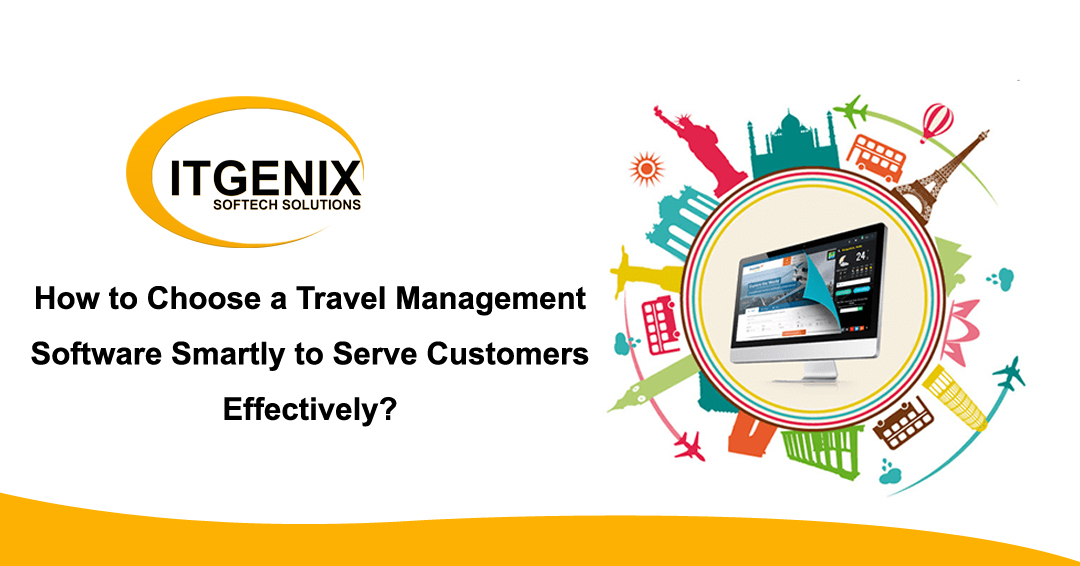
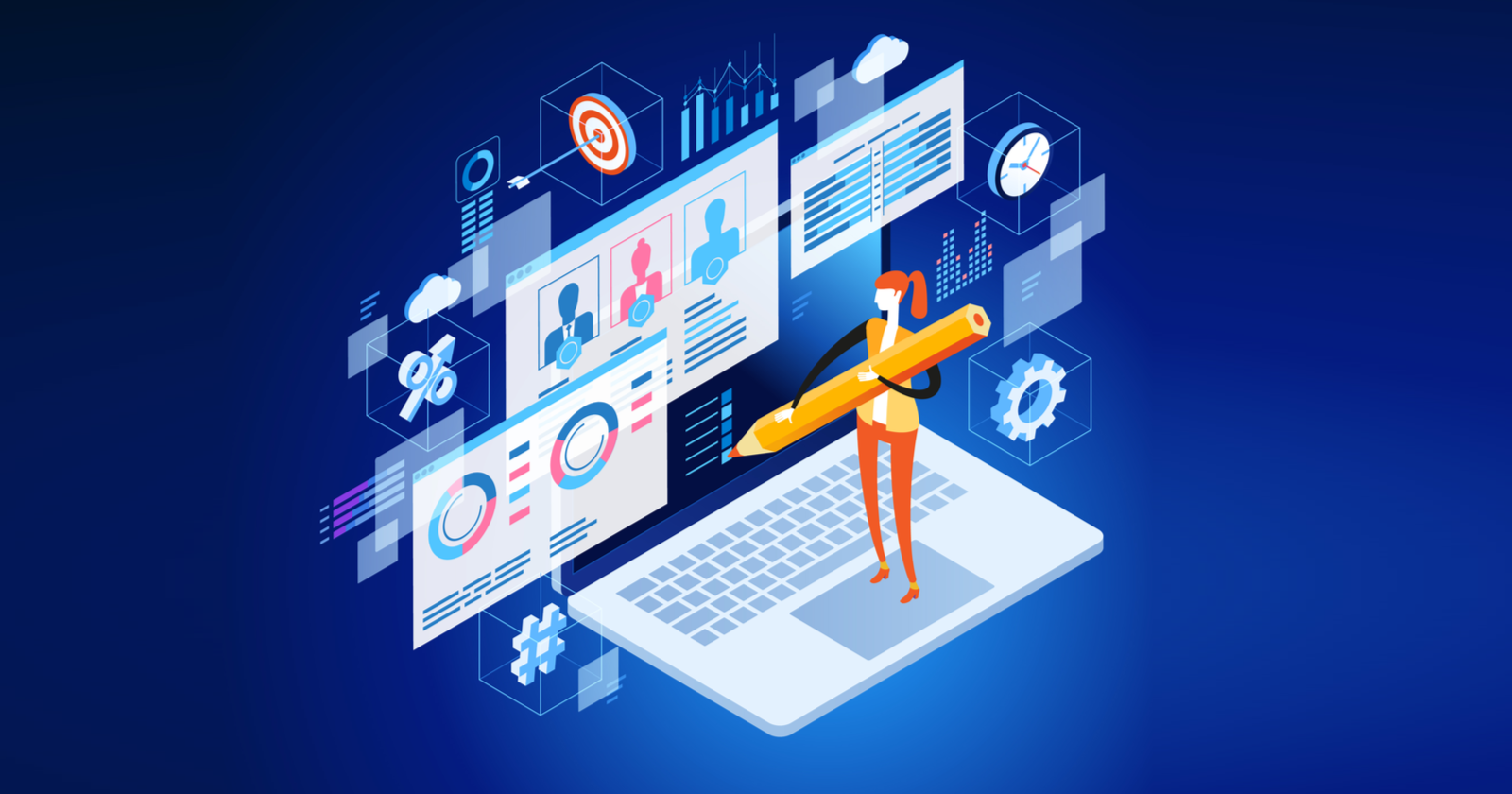


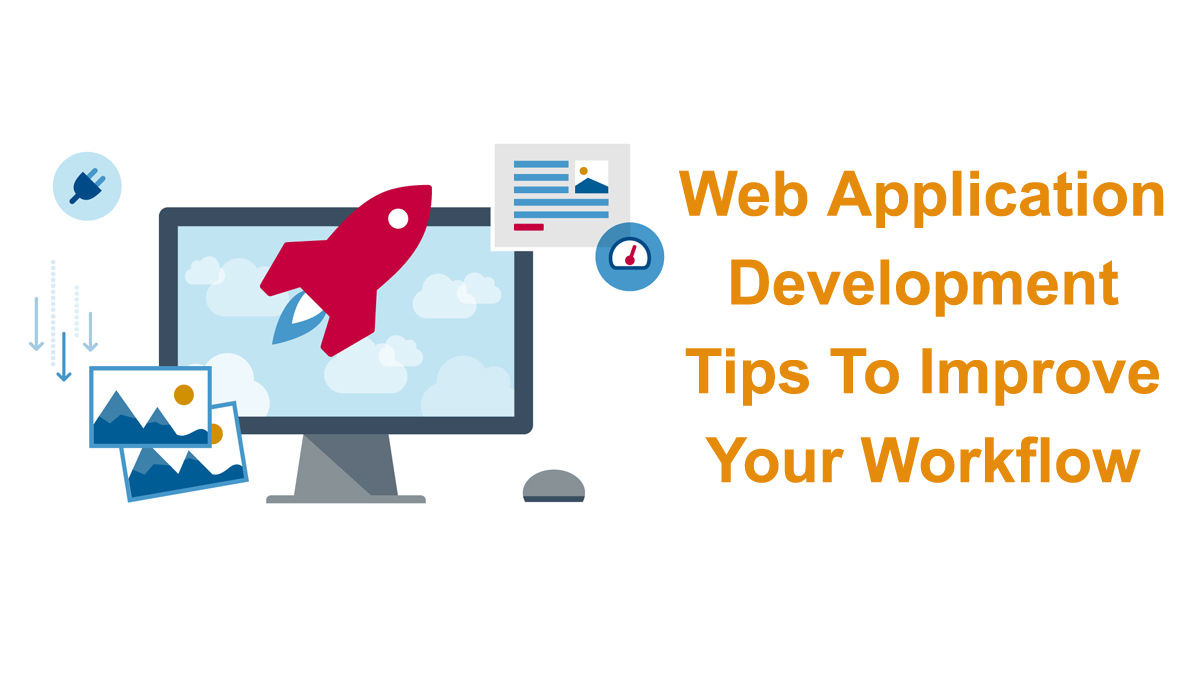

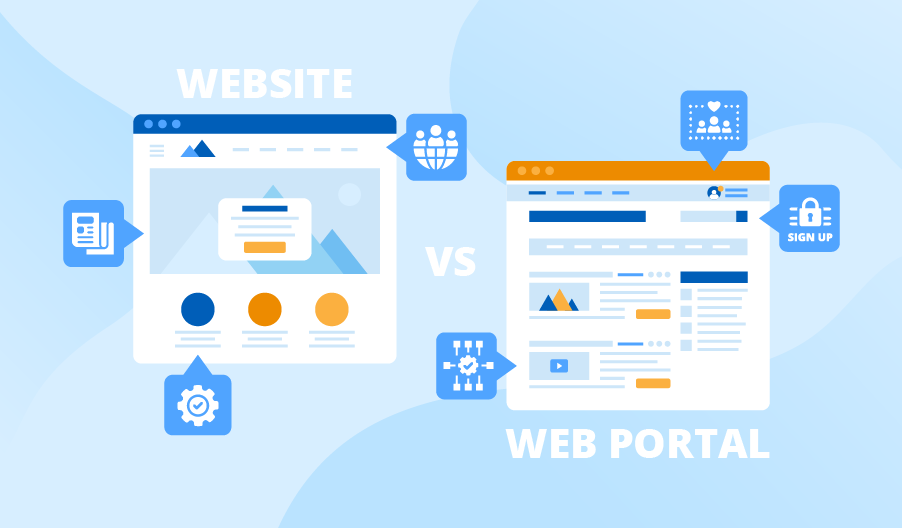


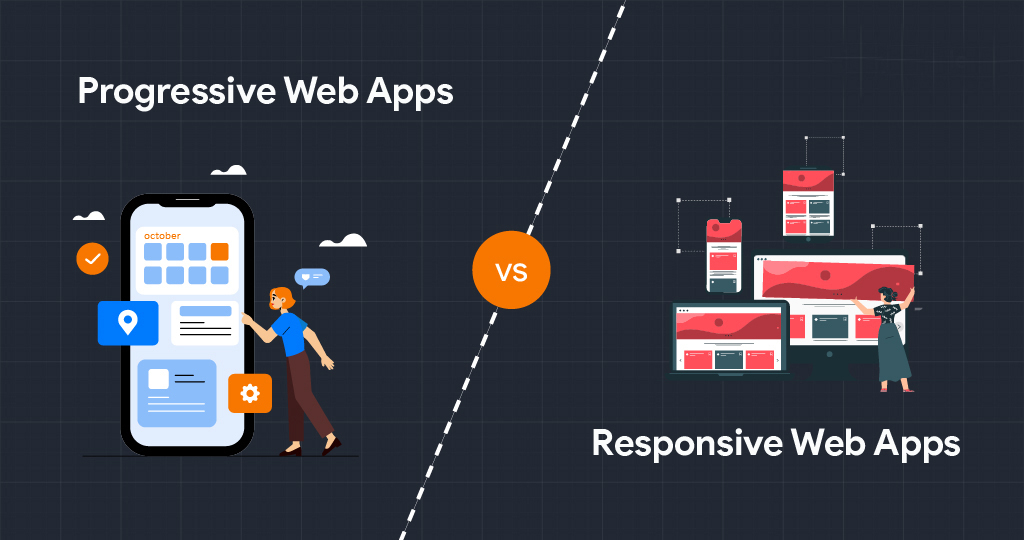









.png)
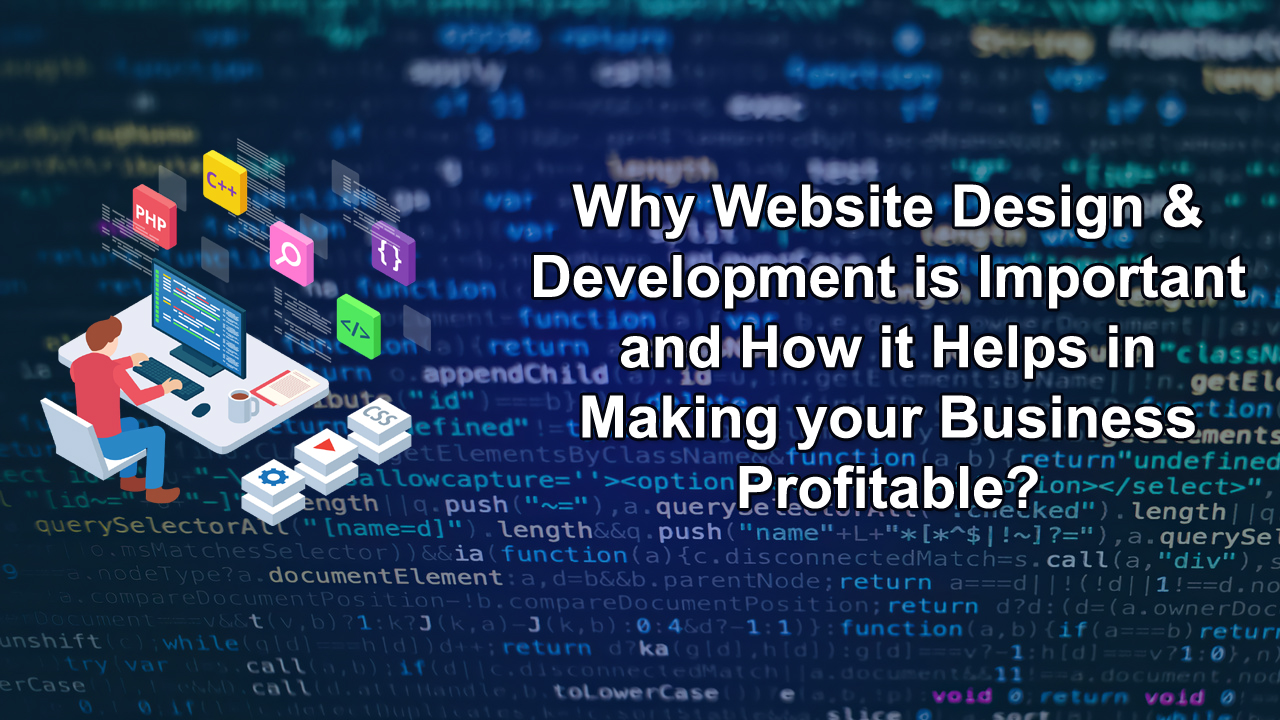
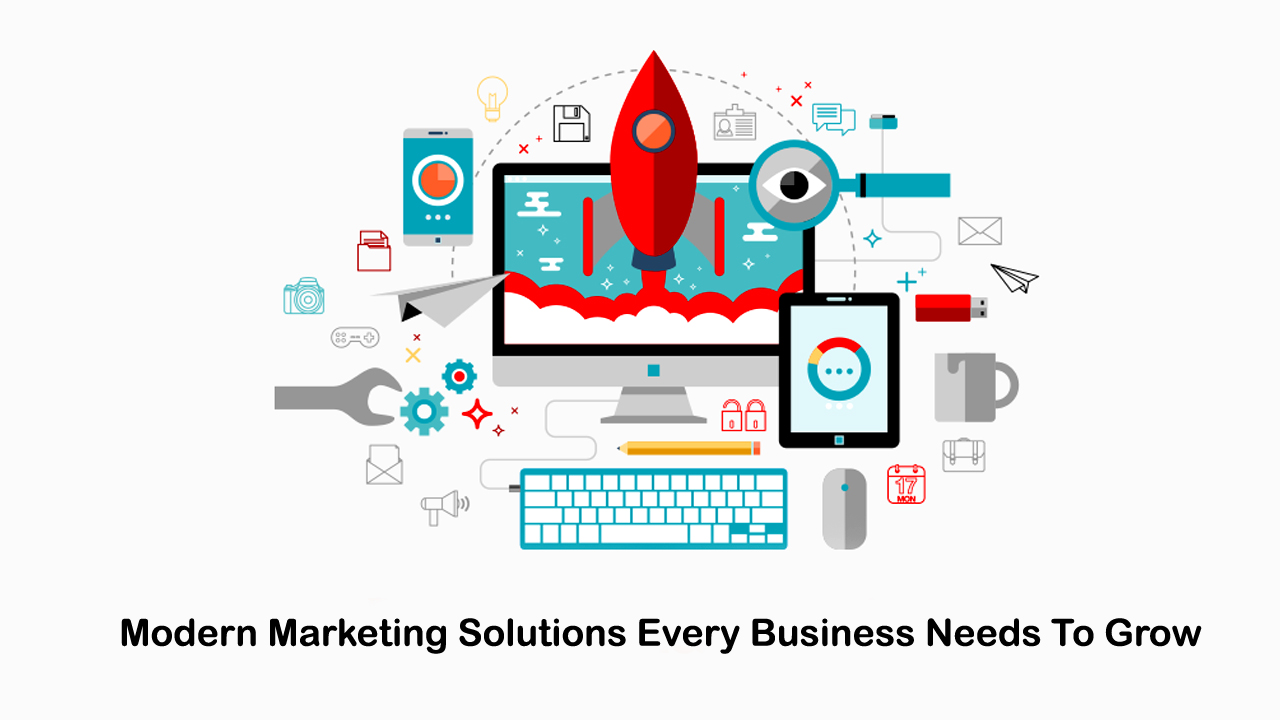
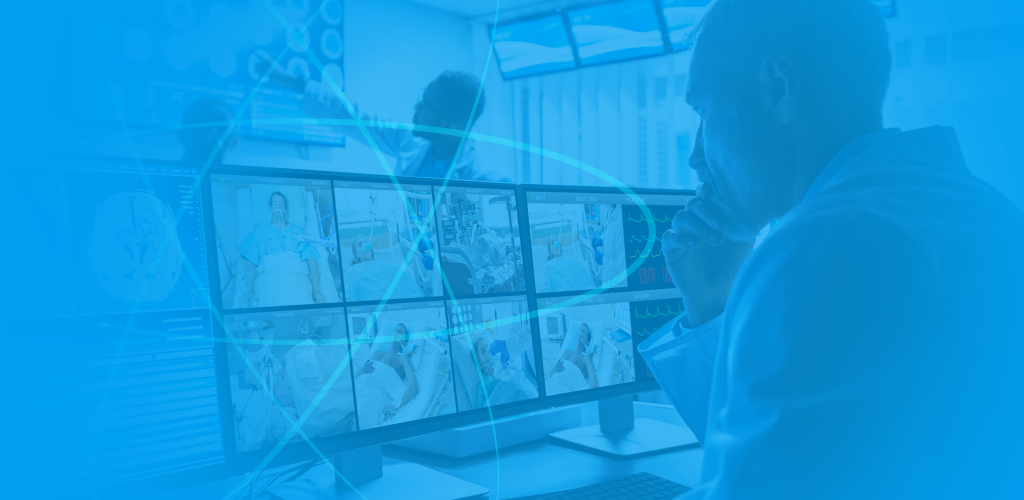
All right reserved by Itgenix Softech Solutions